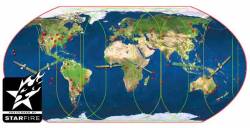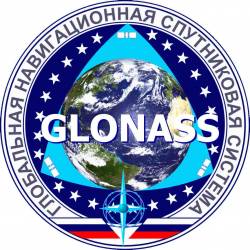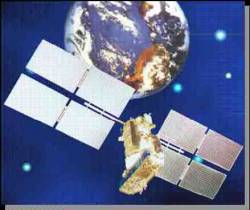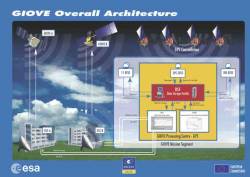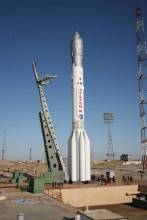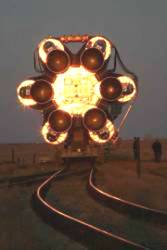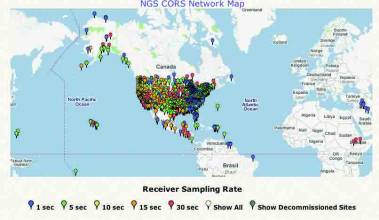Loctronix Gains Patent for Its Spectral Compression Positioning, Tracks CDMA, GNSS
 Loctronix SCP technology
Loctronix SCP technology[Updated 4/26/09] On March 31, the U.S. Patent Office granted Loctronix Corporation its first patent, which will provide the foundation for its Spectral Compression Positioning (SCP) technology that enables multi-source positioning capability in a single sensor. Subsequently, the company announced that it had successfully achieved meter-level ranging performance using CDMA cellular signals.
By Inside GNSS

